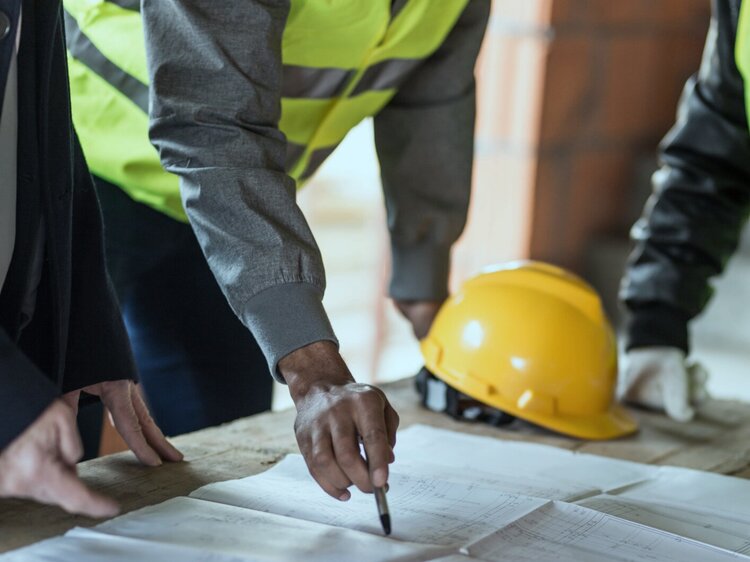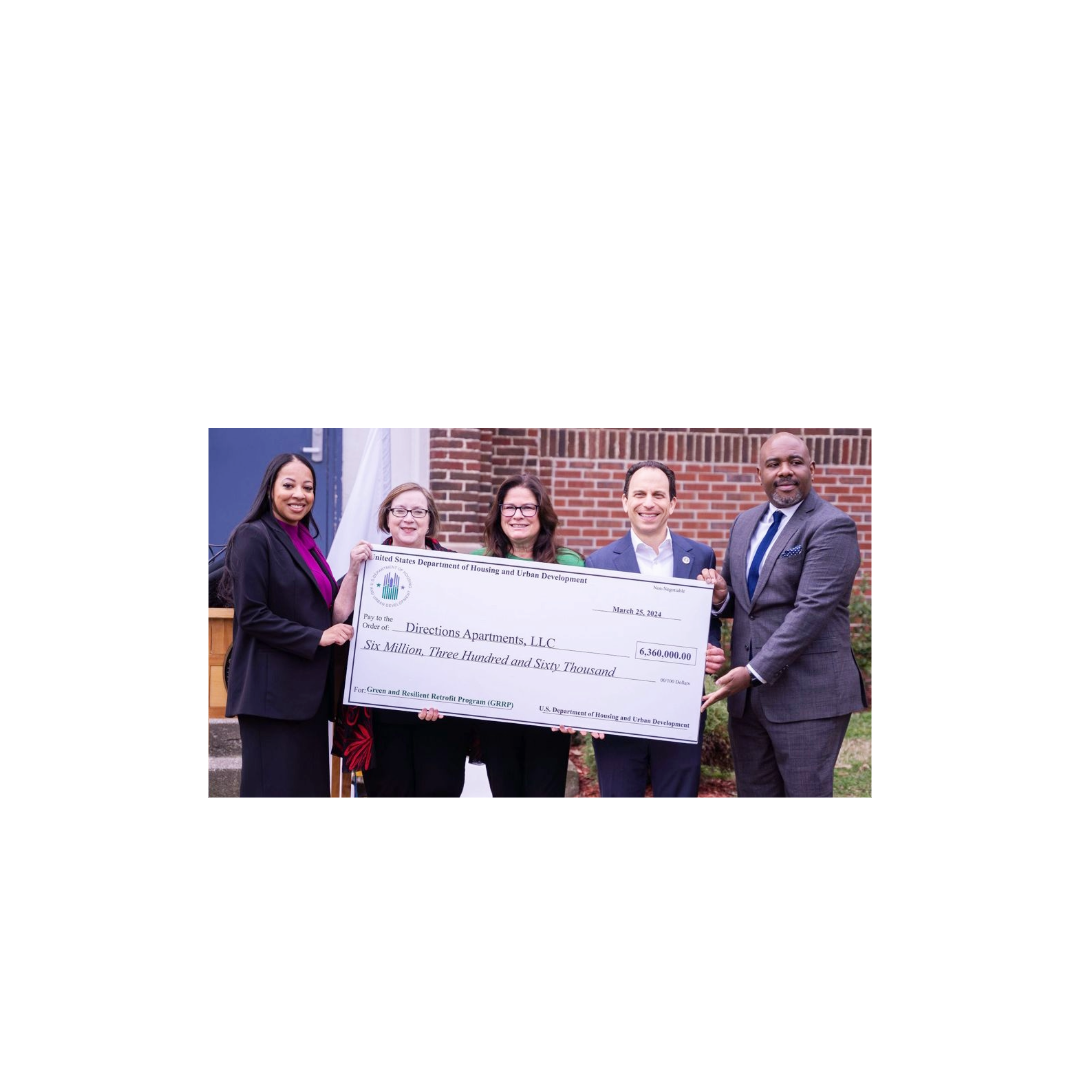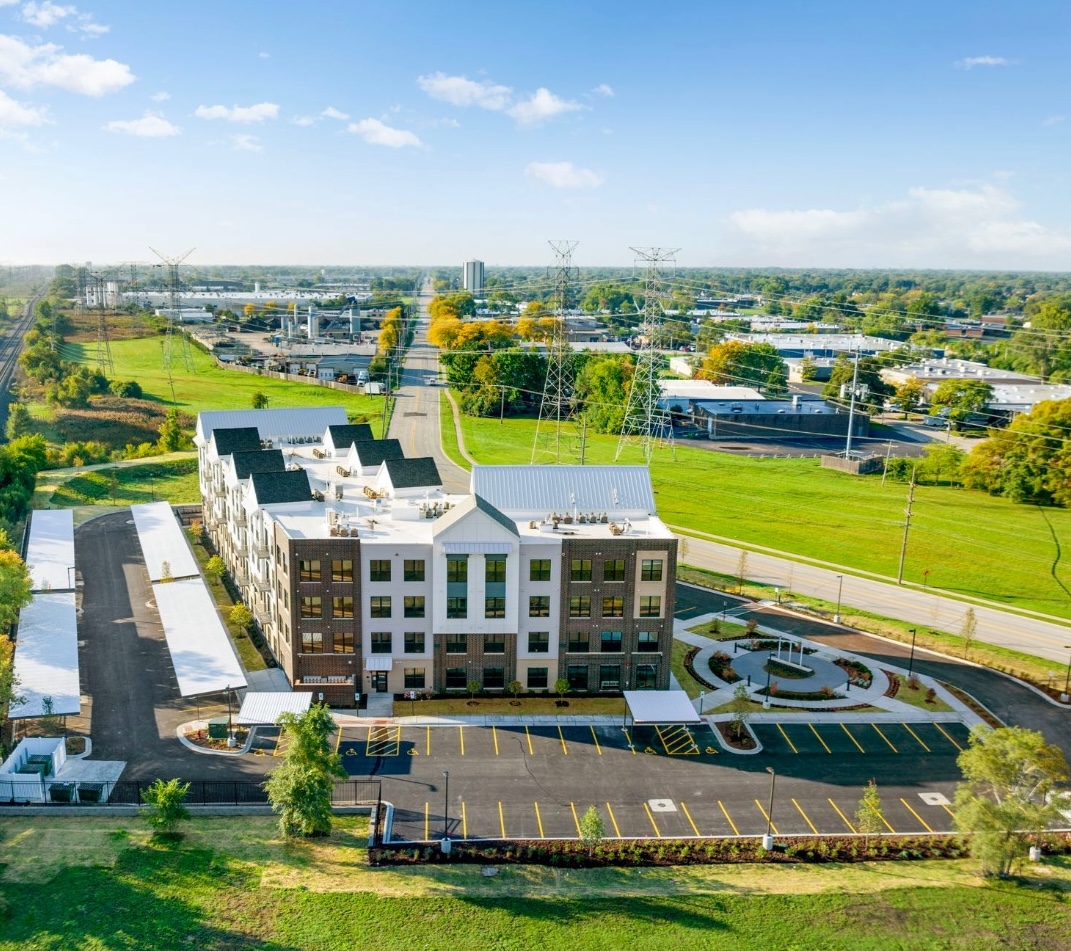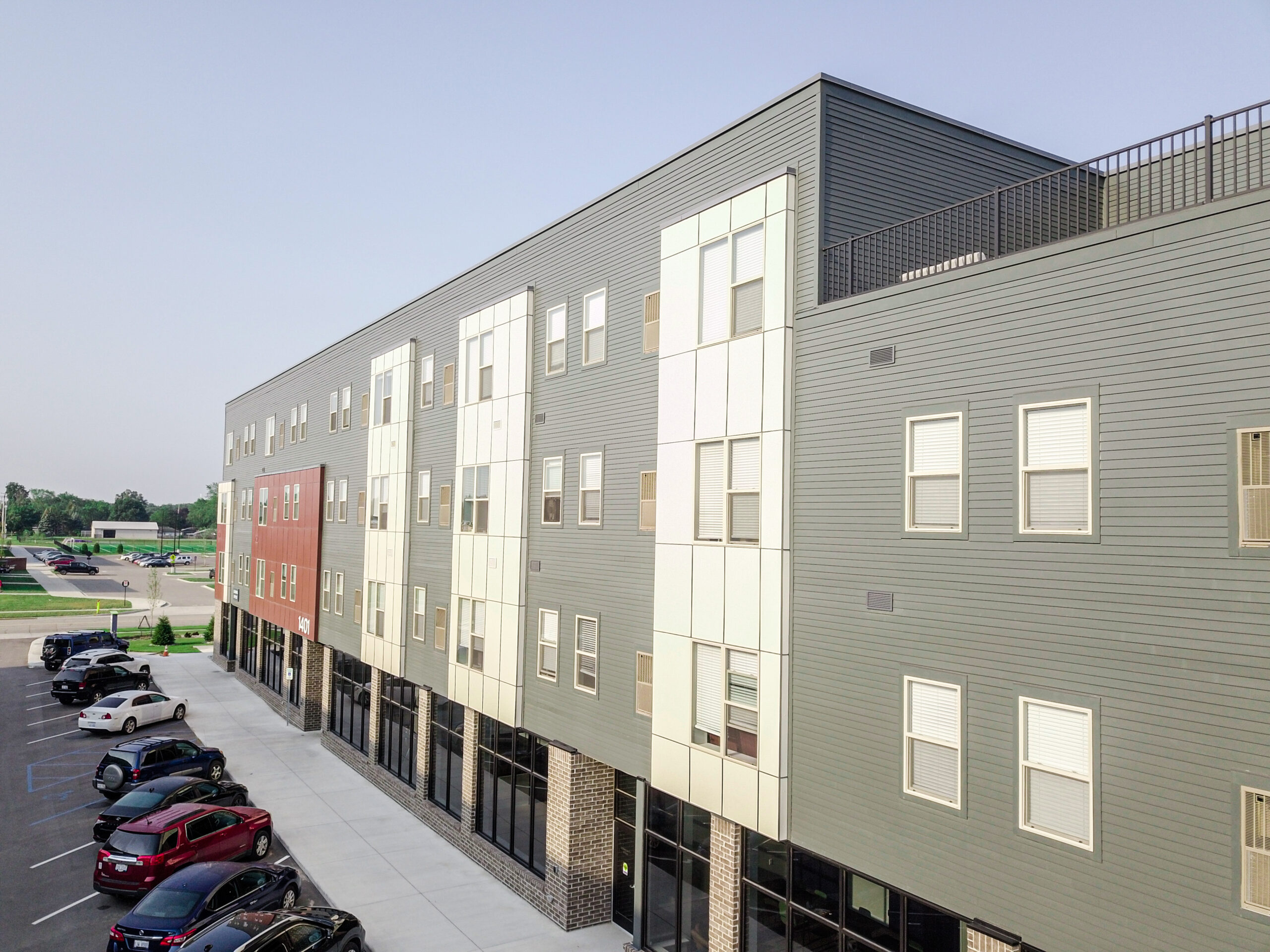You’ve closed the financing on your LIHTC project and are ready to begin construction (and more meetings). During the construction of the project it is important for the development team to assist in coordinating productive monthly construction draw meetings.
Typically, once a month the general contractor will hold an on-site meeting with the owner and architect. This meeting is intended to provide an opportunity to review construction progress and to present the owner with a pay application, which is commonly known as the draw package. Given the nature of LIHTC projects, these meetings typically include representatives from the lender, equity investor, state allocating agency, HUD, and others. In other words, the number of chairs in the job trailer is directly proportional to the number of financing layers in the deal.
With so many people attending the monthly construction draw meetings, it is important to spend time planning the meetings for efficiency. We all know that unorganized meetings can be counterproductive, therefore, pre-planning can lead to successful monthly draw meetings. Here are some keys to success that we encourage:
- Schedule a pre-construction meeting. Everyone at the table is there for a slightly different reason. Therefore, it is important prior to the first meeting to go around the room and learn what each person needs and how to deliver that during the future meetings.
- Create an agenda. Set up a template agenda after the pre-construction meeting. This agenda will include all of the topics that need to be addressed to satisfy the goals of the participants. The agenda can also address the flow of the meetings. Some participants may not need to stay for the entire meeting, therefore you may want to have certain portions at the beginning or the end of the meeting.
- Assign someone to lead the meeting and take meeting minutes. Have either the architect or general contractor run the meeting. Assigning a person will ensure that the agenda is followed and meeting minutes are taken. The person should be tasked with keeping the meeting flowing and be ready to jump in if an item being discussed should be addressed at a later time.
- Issue meeting minutes. Meeting minutes are key to tracking issues, follow ups, action items, schedules, etc. A good set of meeting minutes gives everyone confidence that things are being tracked and not falling through the cracks. Those minutes should be issued within a few days of each meeting.
- Send the draw package to the participants prior to the meeting. There is a lot of detail that goes into preparing and reviewing a draw package. Sending it out early will provide everyone with enough time to perform a review and prepare any questions. This encourages questions to be addressed in person during the meeting, versus having a series of follow up conversations.
- Encourage open dialogue. This is construction and there will be challenges. Encourage everyone to bring challenges out in the open. Putting an issue on the table without a solution is ok. Many of the participants just want to know about the issue and know that someone is looking into it. If it isn’t brought up immediately it can lead to confusion and questions when presented later in the game.
Every project has its own challenges. The monthly construction draw meetings play a vital role and if structured properly can be a great benefit for all parties at the table.
HDJ, Inc. is a leading national design firm providing architectural and engineering expertise to support the affordable housing industry (LIHTC) throughout the United States. HDJ’s diverse portfolio includes successful outcomes with adaptive reuse renovation, acquisition rehab, new construction, historic preservation and RAD. Contact HDJ to learn more about how we can support your affordable housing needs.




